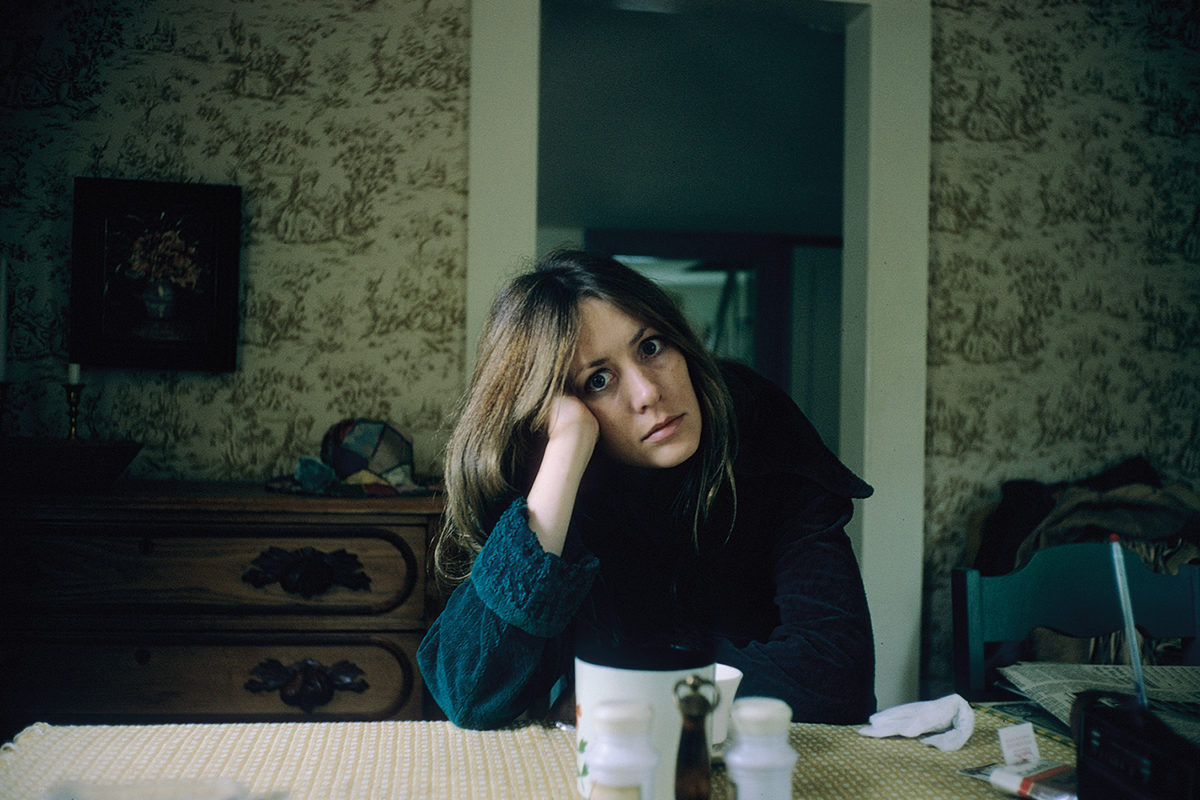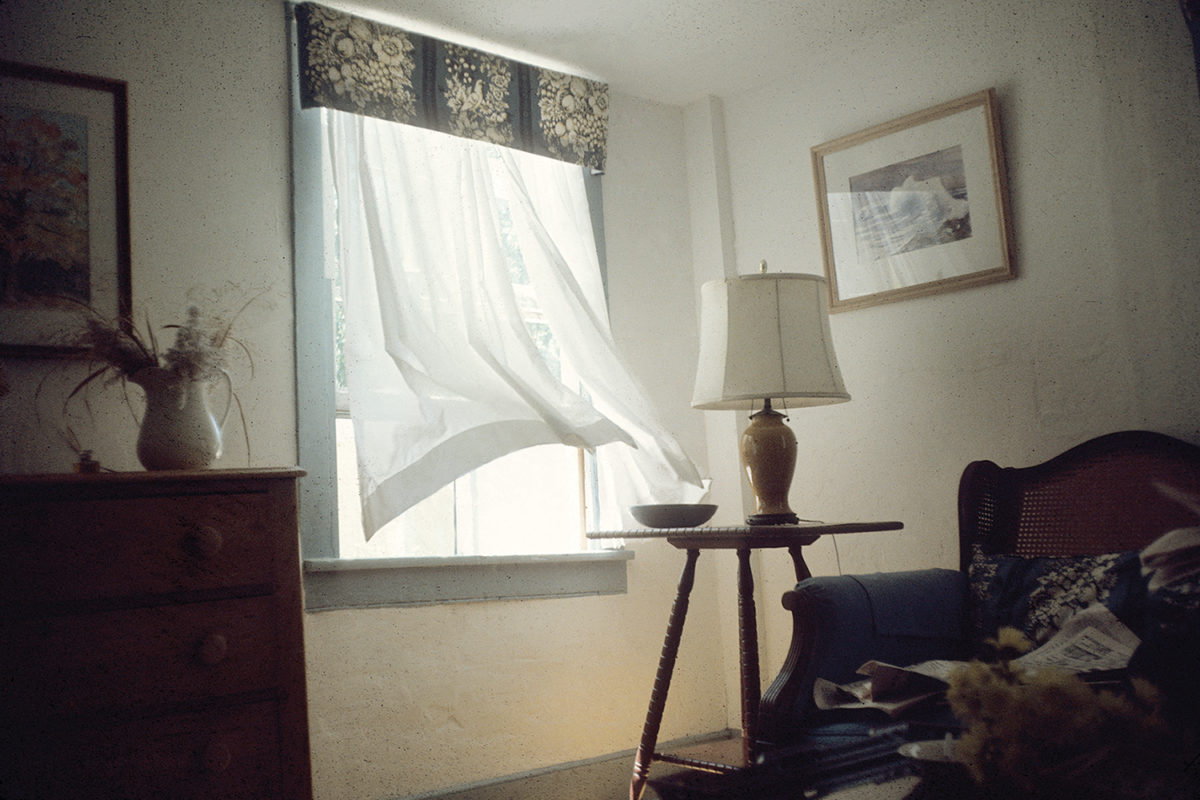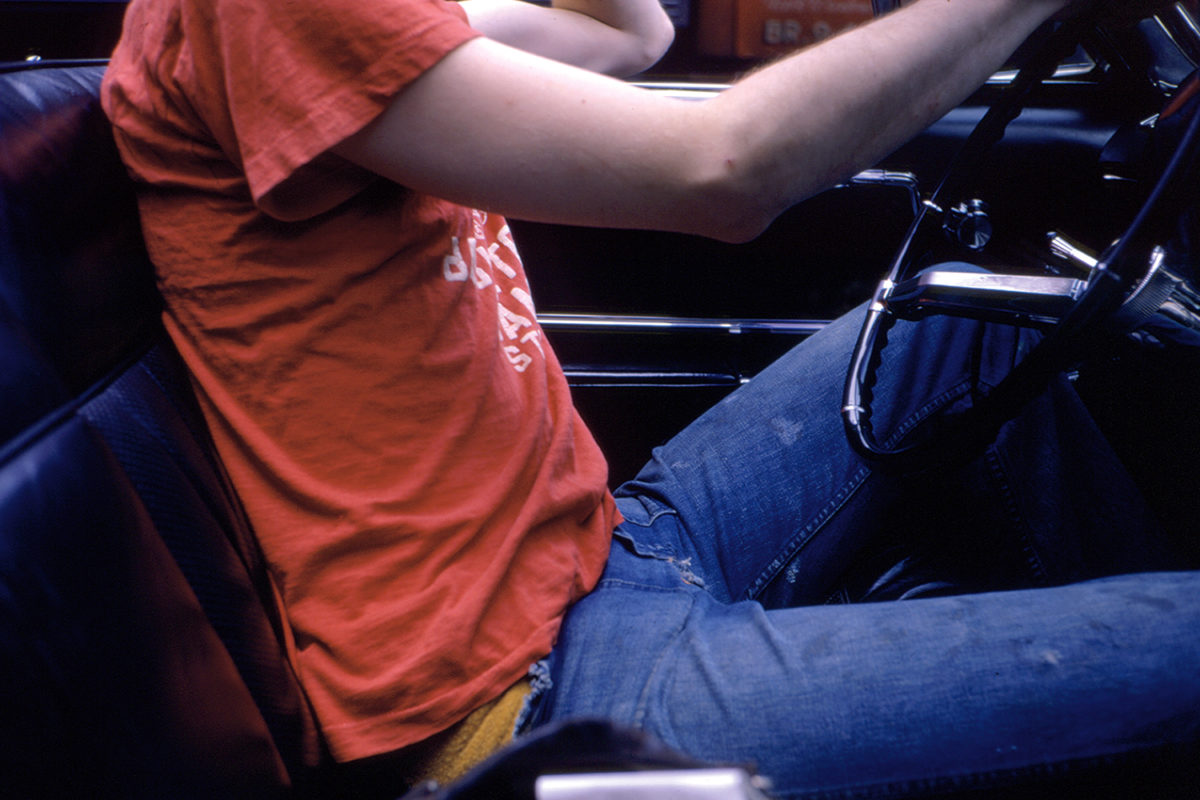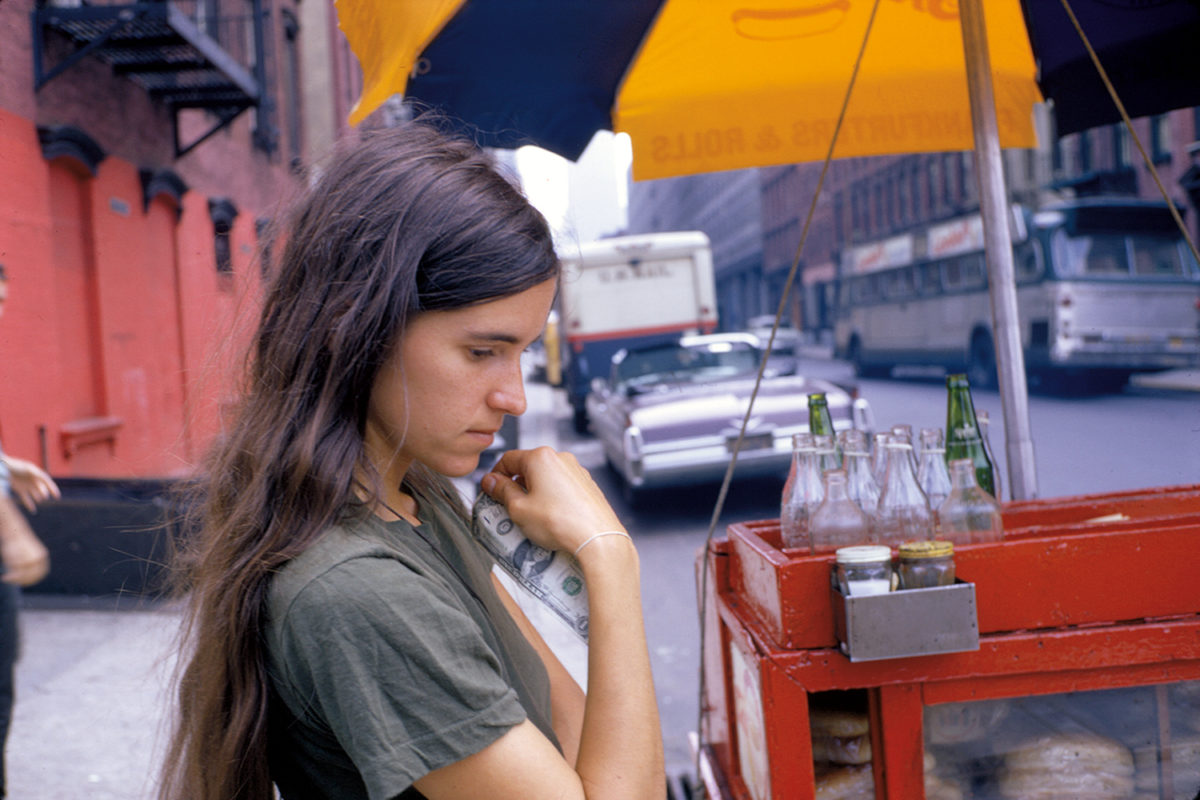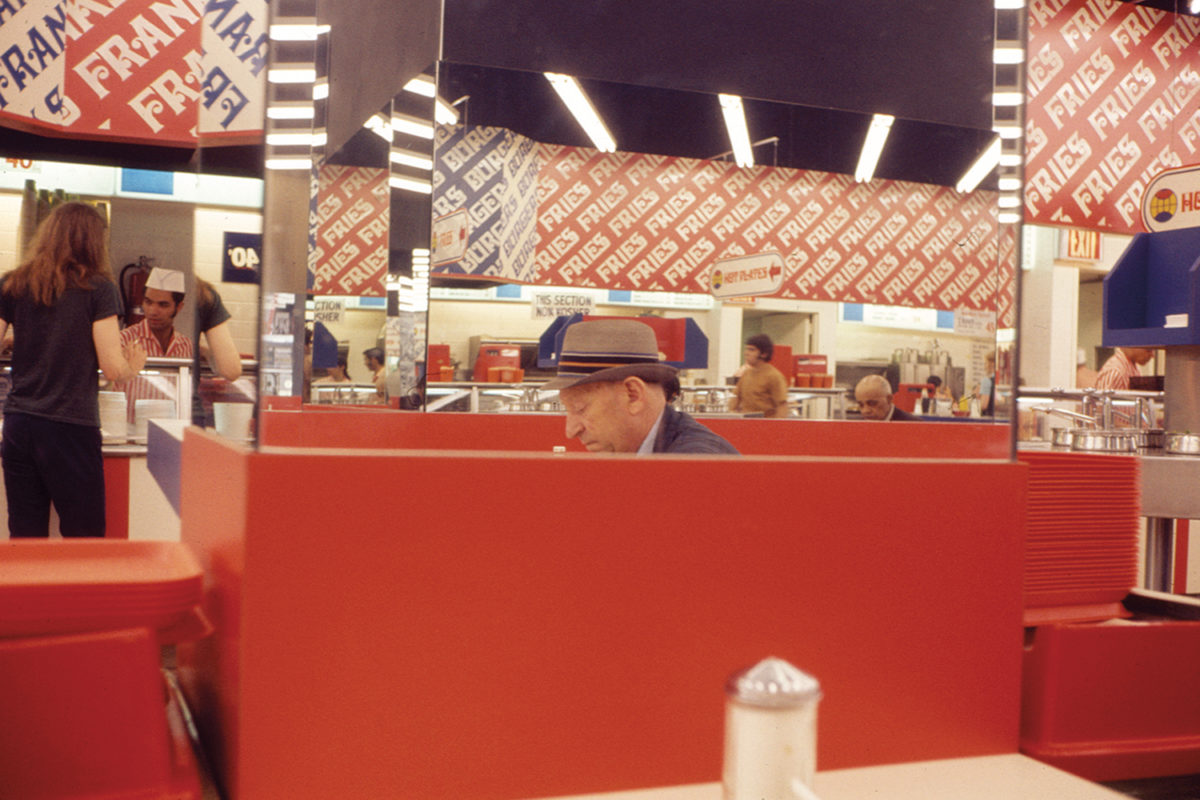
Memory is a strange thing, susceptible to the vicissitudes of time, emotion, personality and politics. It never stays exactly the same, and is formulated of any number of different impulses and outside interactions, many of which are beyond our control and consciousness. Our memories are so personal to each of us, and they can easily change from day to day, hour to hour, year to year, as details fade or regress into the background, or different parts of that memory suddenly become more important than before in light of new experiences and realizations.
This slipperiness is one thing that makes Bernadette Mayer’s new book, titled—you guessed it—Memory, so compelling. The book is the culmination of what began as a conceptual project in July 1971, in which Mayer, an artist and poet, decided to shoot a roll of 35mm film every day for a month, and keep an accompanying journal. What came out of this was more than 1100 photographs, two hundred pages of text and six hours of audio recording. The project also explored a new mode of weaving together conceptual art practice, poetry and journaling.
With so much detail presented from each day, the quotidian somehow becomes instantly poetic purely by its being recorded as such. Described by Mayer as “an emotional science project”, the science is perhaps a little obfuscated but the emotion is there, albeit presented as entirely matter-of-fact. As viewers, we must guess exactly what emotion might be there, likely by subconsciously relating the artist’s moments to our own. Her method of diary-keeping as a sort of lyrical stream-of-consciousness means that, as Mayer put it, each moment, and each memory contained in these moments, is recorded to become “always there, to be entered, like the world of dreams or an ongoing TV show”.
Memory was first shown in 1972, by gallerist Holly Solomon at 98 Greene Street in New York. The exhibition presented these photographic snapshots mounted on boards, in the sequence in which they were shot, accompanied with handwritten cards to denote each day. Thanks to the sheer number of photographs, the installation measured thirty-six feet long and more than four feet high, and was set off by a six-hour audio recording of Mayer reading the texts. The project was not shown again in its entirety until more than four decades later, in 2016 at the Poetry Foundation in Chicago. This publication marks the first time that the full sequence of images and text have been brought together in book form.
Our memories are so personal to each of us, and they can easily change from day to day, hour to hour, year to year
The publisher, Siglio Press, says that the book “speaks profoundly to our current drive, as a society, to relentlessly record and share our daily lives, the self, and inner psyche, to attempt to fix the temporal, to capture the present before it passes”. There’s something cliched but true to be said about the project’s prefiguring of both the inanity of snapping and sharing the dull or plain grim minutiae of everyday life, and of the quantified self movement, in which every bit of a life becomes “data”.
“It’s astonishing to me that there is so much in Memory, yet so much is left out: emotions, thoughts, sex, the relationship between poetry and light, storytelling, walking, and voyaging to name a few,” writes Mayer in the book’s introduction. “Then and now, I thought that if there were a computer or device that could record everything you think or see, even for a single day, that would make an interesting piece of language/information, but it seems like we are walking backward since everything that becomes popular is a very small part of the experience of being human, as if it were all too much for us.”


